What is it?
Interproximal reduction (IPR) is the removal of small amounts of outer enamel tooth surface between two adjacent teeth. It is a mean to acquire additional space to create ideal tooth alignment. This orthodontic procedure is also known as stripping, slenderizing and reproximation.
Why is Interproximal Reduction Needed?
This procedure is most frequently used in cases where small amount of spaces are needed to align a crowded tooth. In certain cases IPR may alleviate the need for permanent tooth extractions. However, IPR may also be used in conjunction with tooth extraction. In addition to creating space, the process has been advocated for improving the shape and contact points of teeth and possibly enhancing stability of the teeth so they will retain their position in long term. The IPR procedure also helps to improve the bite (the way your teeth fit together). It also can reduce” black triangles” which is created by the absence of gum tissue in between teeth and gives the appearance of dark space.
The Interproximal Reduction Procedure
The orthodontist will carefully identify which teeth need IPR. Using a dental handpiece and/or flexible diamond-coated strips, the orthodontist will remove the enamel from the sides of the teeth contacting each other. On the anterior teeth, approximately 0.5mm of enamel can be reduced between two adjacent teeth, without compromising the health of the teeth. The orthodontist will determine how much reduction is necessary for desired end result. During the stripping process, the Orthodontist will fit small thickness gauge between your teeth and measure the gap they created. The teeth may be then smoothed and polished. The teeth are treated topically with fluoride following the reduction of the enamel. Additional stripping may be required a few times during the course of treatment depending on the individual case.
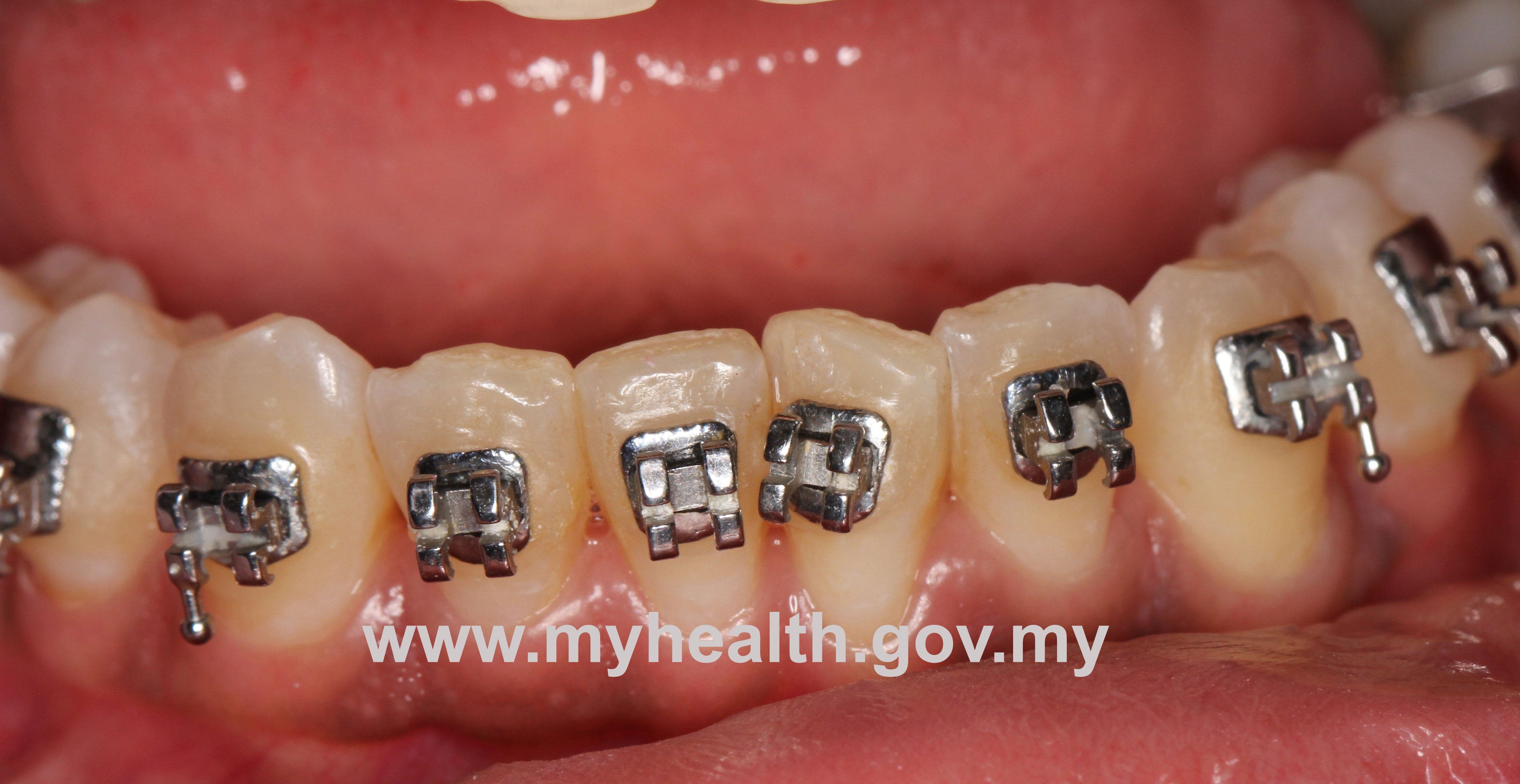
Picture 1: Mild crowding of the lower left central incisor
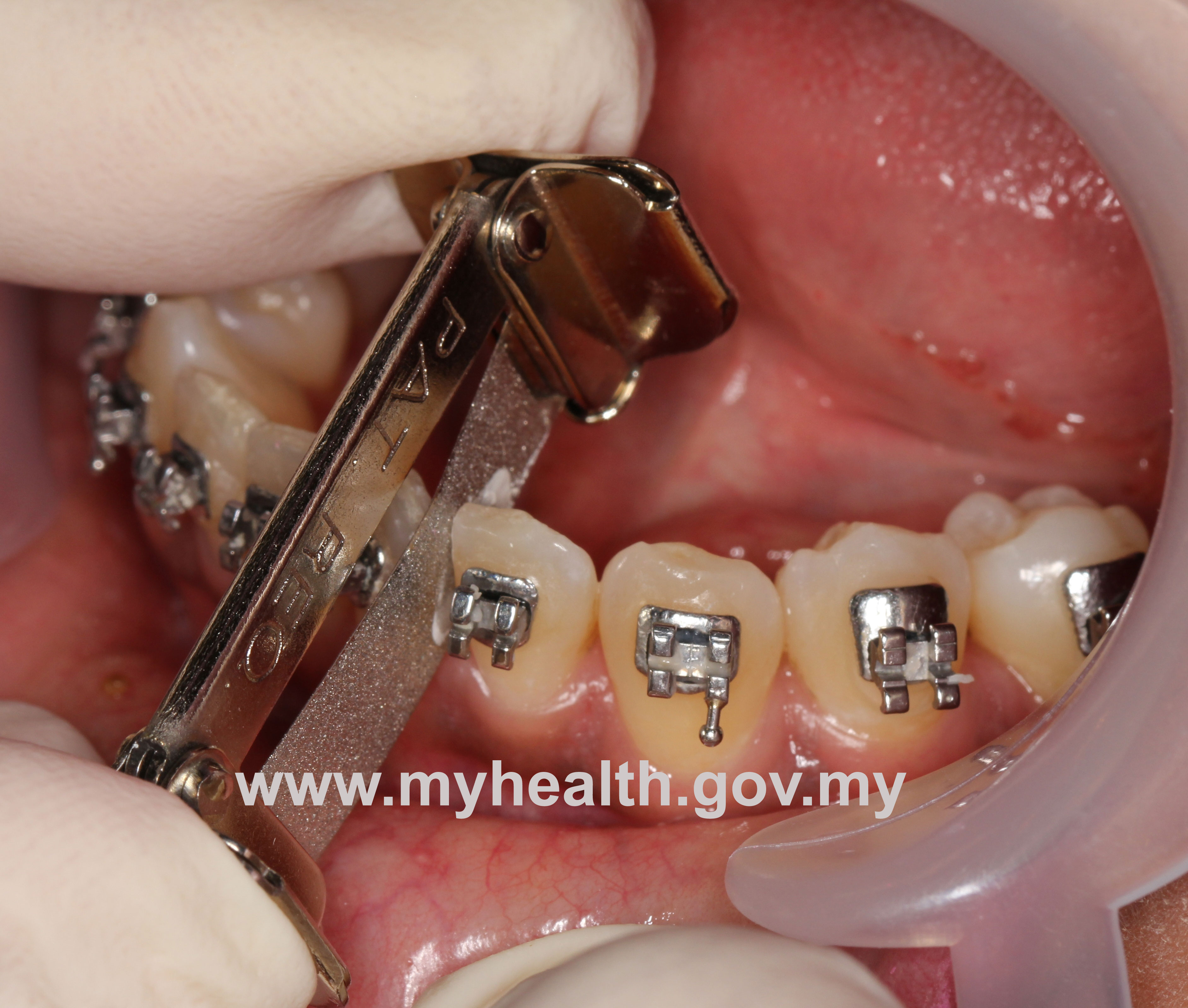
Picture 2: Interproximal Reduction with diamond coated strip
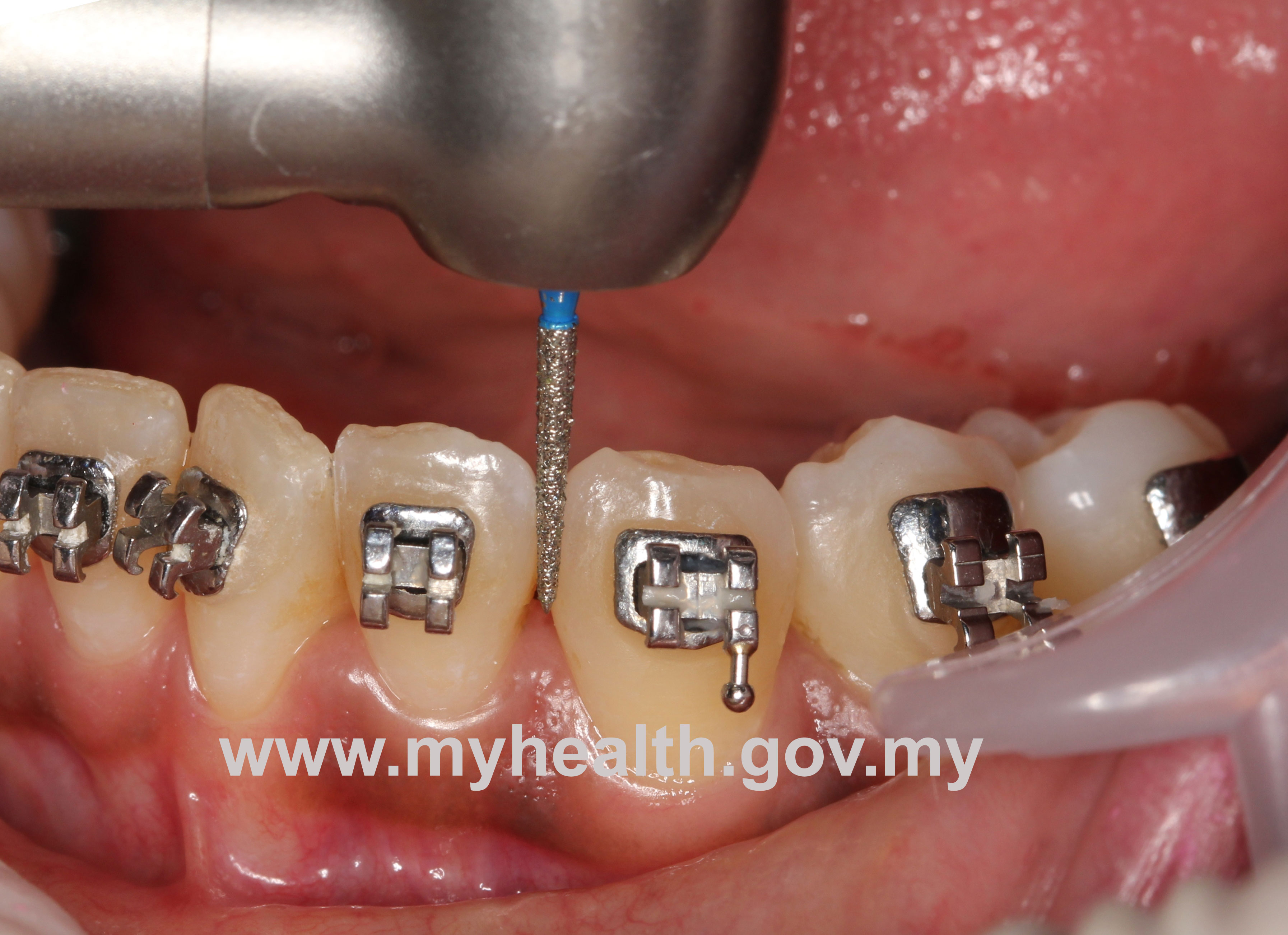
Picture 3: Interproximal reduction with rotary instrument
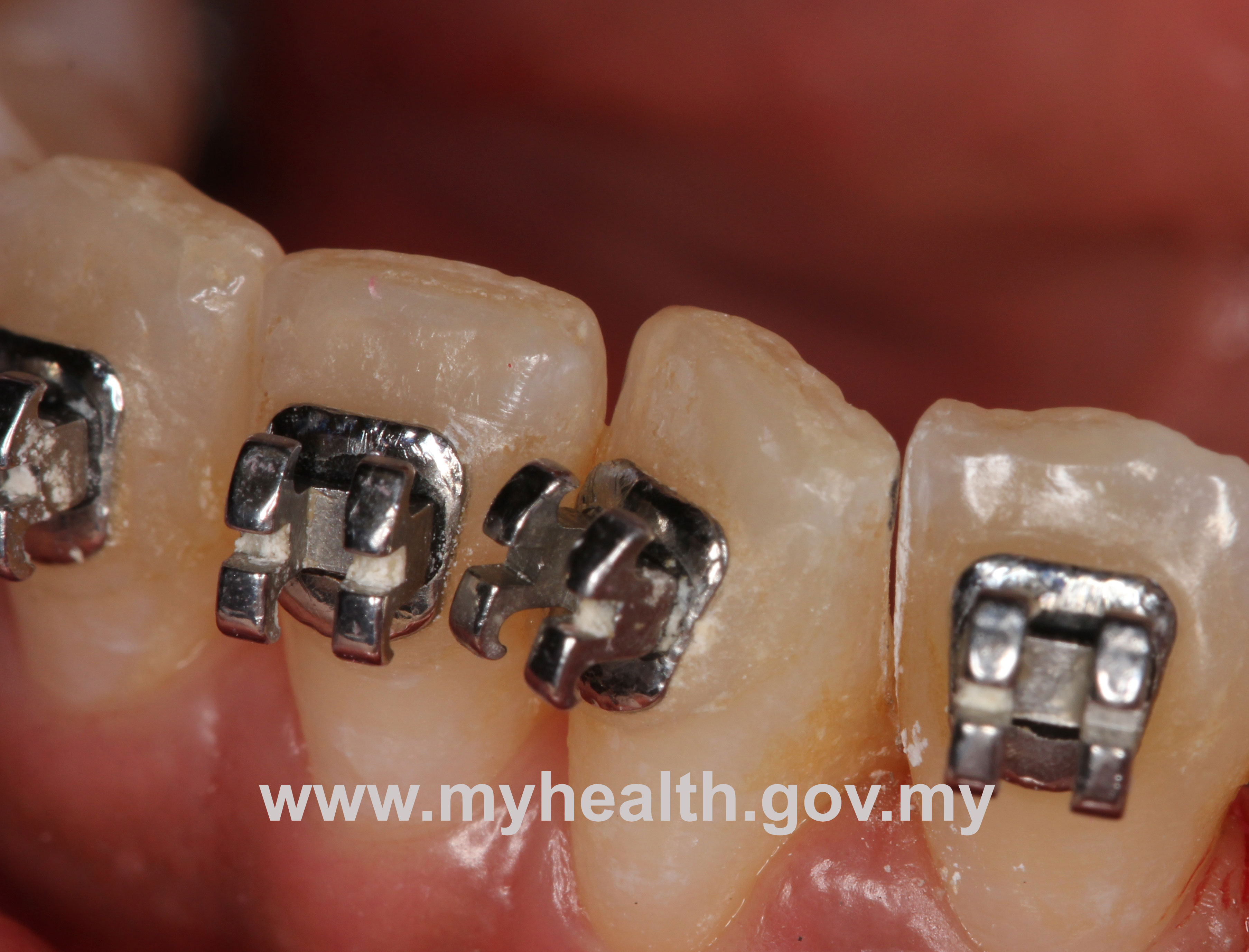
Picture 4: Small gap between the lower left central incisor and lower left lateral incisor
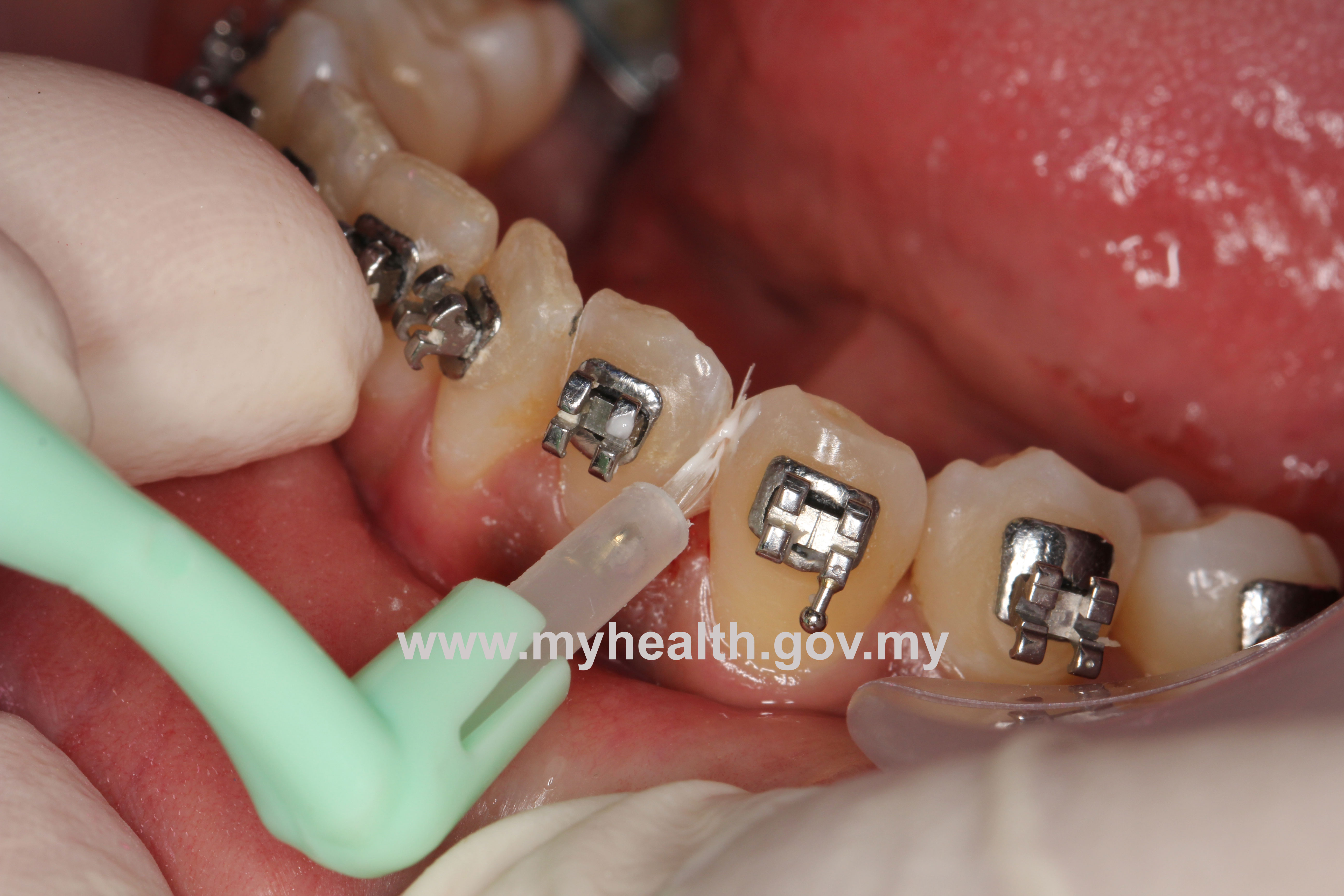
Picture 5: The teeth are treated with topical fluoride application following reduction of the enamel
What is it Feel Like When Interdental Reduction is Performed? Is it Painful?
You might feel a little unpleasant, in the sense that you feel the tug of the diamond strip between your teeth or the vibrations of the drill .However, generally, there is no discomfort or pain during interproximal reduction because of the minimal amount of enamel being removed. Interproximal reduction is a quick, painless procedure that can be done without anaesthesia.
After The Teeth Have Been Stripped, Will You Notice Gaps Between Your Teeth?
After the IPR process, you will see small gaps between your teeth but it will be closed as your orthodontic treatment progresses.
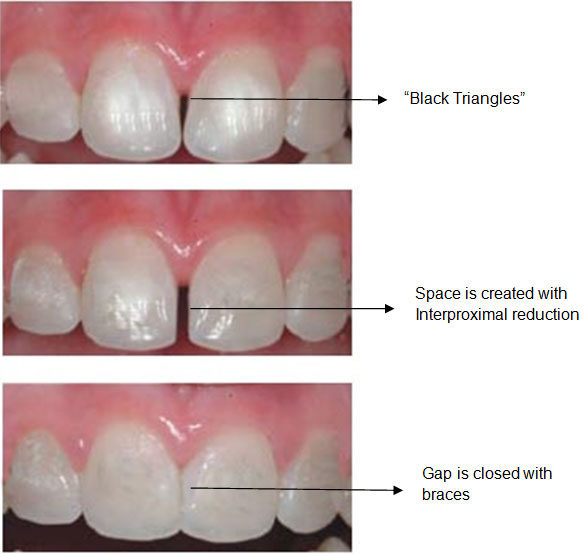
Picture 6: Upper Central Incisors with triangular shaped with “black triangles” (the triangular –space closer to the gum line). Interproximal Reduction is performed and gap is closed with braces.
What are The Risks? Will IPR Caused Dental Problem Such as Tooth Decay, Gum Disease and Bone Disease?
Obviously, when this procedure is performed some thickness of tooth enamel is lost. The question then becomes does losing this amount of enamel damage a tooth and its supporting structures? Interproximal reduction has been used by Orthodontists for decades and over the years many dental researchers have evaluated its long term effects. A recent study by (Zachrisson ,Nyøygaard, Mobarak ,2007) investigated whether interdental reduction using fine diamond disks with air cooling followed by polishing leads to any iatrogenic damage (dental caries, gingival problems and alveolar bone loss), in a sixty-one group of subjects that had had tooth stripping performed more than ten years previously. Zachrisson et.al (2007) concluded that interproximal reduction will not lead to an increased risk of tooth decay, gum disease and bone disease. There is also no increase in the sensitivity when the amount of enamel removed is kept within reasonable limits. Overall, this procedure is a very safe and effective means of creating ideal tooth alignment.
Success of Treatment
There are several factors an orthodontist must consider to determine if IPR is appropriate:
- Size and shape of the teeth
- The position and alignment of the teeth
- The patient’s facial features
- Existence of “black triangles” and need for aesthetic improvement
Prior to the commencement of orthodontic treatment full examination (including radiographs of your jaw and face) and assessment of the occlusion (your teeth) needs to be carried out. A successful outcome of IPR treatment depends on comprehensive diagnosis and prognosis of your individual case. Your orthodontist will explain about the treatment choice and why the IPR procedure is chosen over several methods. Do not hesitate to ask any questions prior to starting your IPR procedure!
References
- https://www.youtube.com/watch?v=WGSCqdCTuaw
- Mitchell, L. (2007). An Introduction To Orthodontics. Oxford University Press.
- Zachrisson, B. Dental health assesses more than 10 years after interproximal enamel reduction of mandibular anterior teeth. Am J Orthod Dentofacial Orthop. Vol.131, No.2. February 2007.
| Last Reviewed | : | 28 August 2020 |
| Writer | : | Dr. Lillybia Emily Ebin |
| Accreditor / Reviewer | : | Dr. Hjh. Rashidah bt. Dato’ Hj. Burhanudin |







